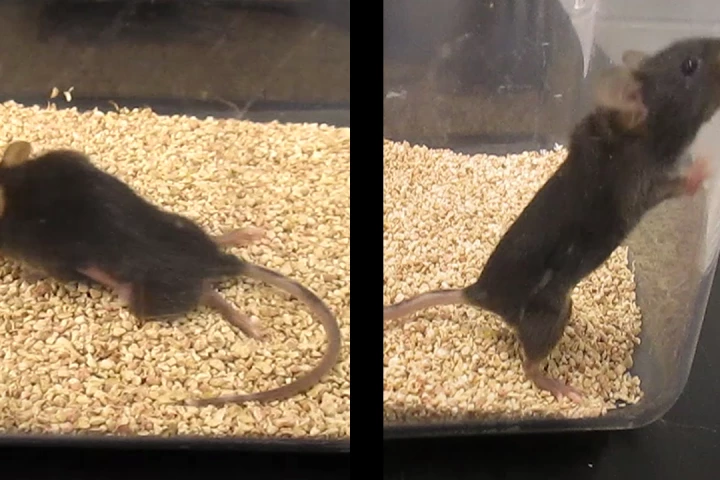Bioengineering
-
ESA scientists are experimenting with growing blood vessels in the weightlessness of space. Based on the Spheroids experiment on the ISS, researchers found that blood vessel cells organize themselves in a way similar to that of cells inside the body.
-
A Stanford University team is developing plants that can better absorb iron from the soil. By making it easier to ingest the trace mineral, it may be possible to open up the roughly one-third of the world's arable land that is unsuitable for growing staples like maize and soybeans.
-
Lockheed Martin is turning to the littlest factories imaginable to develop a new generation of advanced materials. Working under a US$10 million, five-year contract the company will develop ways to bioengineer the DNA in single-cell organisms as a way to create new materials.
-
As the shock-absorbing cartilage discs between our vertebrae degenerate due to aging, accidents or overuse, severe back pain can result. While some scientists have developed purely synthetic replacement discs, a recent test on goats indicates that bioengineered discs may be a better way to go.
-
Researchers at the University of Minnesota have designed a silicone device, covered in 3D-printed neuronal stem cells, that can be implanted into a spinal injury. There it grows new connections between remaining nerves to let patients regain some motor control.
-
What if doctors could grow new organs for transplant on demand from a patient’s own cells? In a major step towards this future, scientists from the University of Texas Medical Branch (UTMB) have now transplanted bioengineered lungs into pigs, with no complications arising from the procedure.
-
It's difficult to study how the heart reacts to diseases and medications. Researchers at Harvard have now grown a model of a human left ventricle that spontaneously beats, marking a substantial step towards engineering entire hearts for more accurate testing of new treatments.
-
Biologists often concern themselves with preserving cells. However, it is also advantageous to learn how to kill them, without having their contents exploding into neighboring tissue. That's exactly what bioengineers have done by linking a "suicide" enzyme with a light-sensitive molecule.
-
We can grow human skin in the laboratory but it hasn't been possible to do the same with non-mammals – until now. Scientists have successfully reconstructed the skin of a green sea turtle as part of a study to learn more about a virus infection that threatens the endangered reptile species.
-
Organ transplants save lives, but in terms of human donors, demand far exceeds supply. Current research is looking into how replacements could be grown in a lab, and now a team has found a way to control how different types of cells arrange themselves during development.
-
A team of bioengineers at the University of California San Diego Jacobs School of Engineering has developed a type of artificial bone that may one day allow doctors to conduct bone marrow transplants with fewer side effects.
-
What if, like computers, the immune system could be reprogrammed to restore the body’s functions? Scientists at the University of Maryland have done just that with paralyzed mice, using an experimental treatment that might one day reverse the effects of autoimmune diseases in humans.
Load More











